
Welcome to Music Madness, my adventure into the
use of Artificial Intelligence to compose music. Leave your expectations behind and let yourself go wild with me. There are 3 new arrivals. The latest is called
Krepildockerschpe, a wild and eerie visit to the fringes of space. Not far behind is The Goddess of Tattered Liberty, while its slightly older sibling is
Cappucino Kid. All 3 were composed in 2018.
Recent update: Here is an online review of Krepildockerschpe. Issue Wire says:
"Digital Giraffe is Setting the Standard With Another Game Changer" and describes it as "an ethereal electronic music soundscape".
Much like 3D printing, AI music is a new and rapidly evolving field, as machine intelligence seeps into the public's awareness. Each musical escapade here is accompanied by one of my digital images. They are shown chronologically, beginning with the earliest.
Note: some of this material has been licensed under the Creative Commons License and may have been altered and remixed.

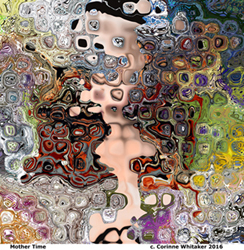
This first A.I. composition is called Jelly Beans

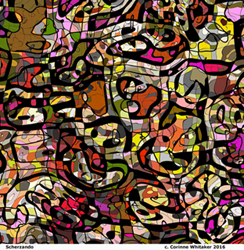
Next comes Dancing on a Rainbow


Let's follow up with Waltzing Worms, an alternative rock composition.

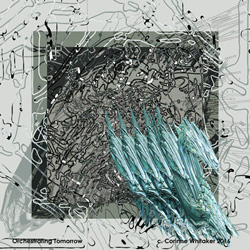
Here's Gurgling Brook. Don't forget the wine and picnic basket.


A bit of electronic frolic designed to make you feel like a Bird on A Kangaroo.


Here's a kick-ass trip through the cosmos with Flying Comets.


Listen in to some eerie voices at the Squirrel Powwow.


Feel the water tumbling around you in Waterfall Rumble.

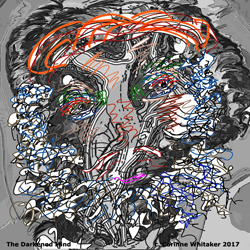
Deep sounds and clear thoughts fill your heart in this AI Wild and Wooly serenade.

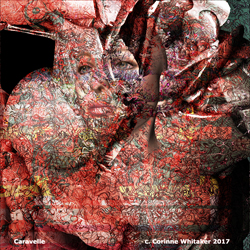
Start your day with Caravelle, a charming Sunday morning reverie.

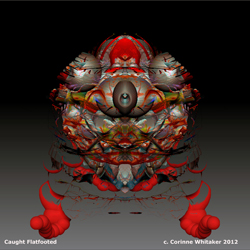
This next piece is different in two ways. First, I chose notes at random, literally, and then let the machine do what it would. There is enough pattern and rhythm, however, to make me question whether randomness is possible. Secondly, after I listened to it, there emerged a strong feeling of apprehension. I tried re-engineering it six different ways, and none of them matched the integrity of the original. So here is ChaoChao, a bittersweet rumination on a sunny day, while storm clouds and the sounds of marching boots grow ever louder. A country that arms for war looks for ways to make war, a war that none of us will survive.

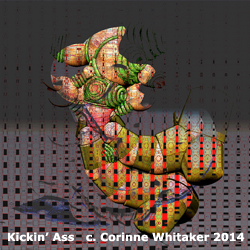
Let's take a cool tone now, with Galloping Turnips. Cook up a bowl of blues, add a teaspoon of jazz, top it off with a smattering of country.


This one is called Ecstasy, and even A.I. seems to understand it. So far, this is the most popular of the tracks I've uploaded.


When worries lie heavy on your heart, listen to Ions Kissing Velvet, a meditative interlude that will let you taste infinity.

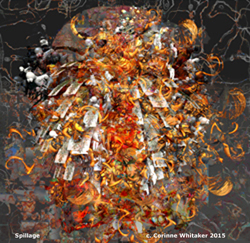
"Drumbeats and Candy Bars" brings a see-saw meditation, on the melody of being alive, tempered by the dark drumbeats of how we squander that gift.


"Frogs Wear Kilts" and hop around like crazy when they do!

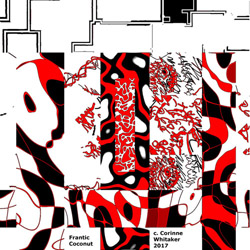
"Frantic Coconuts" sings out those wild scatter-crackin flippin trippin moments when life seems to have lost its moorings.


Pyotr and I met for cappucino. He asked me to teach him how to use Artificial Intelligence to compose music. In return, he loaned me a few bars of his Sugar Plum Fairy. After endless hours of melange, pastiche, and musical mayhem, I bring you The Cappucino Kid, accompanied by a digital painting called, fittingly, Mayhem. This is my first A.I. composition for 2018.


"The Goddess of Tattered Liberty" reminds us that Lady Liberty may be, should be, exultant, celebratory, leaping into the future. At present, however, she is tattered, under attack, dressed in prison stripes.

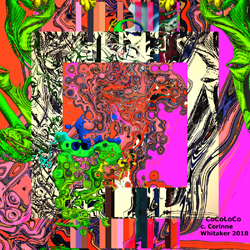
Picture yourself on the fringe of an exoplanet, on the cusp of infinity, where rhythm is meaningless and pattern nonexistent. You hear languages that have never been spoken, sounds you've never heard, meanings that have never been probed. Your past has been wiped out and an unknown tomorrow beckons. Let A.I. lead you into the land of krepildockerschpe. Note: think of the Eastern way of approaching life. Rather than a linear access leading to confrontation/conflict resolution, Gish Jen suggests, "This is not a modern, linear world of conflict and rising action, but rather one of harmony and eternal, cyclical action, in which order, ritual, and peace are beauty, and events spell, not excitement or progress, but disruption." Jen was speaking of literature but it applies to music as well.





The Computer History Museum discovers "Mockingbird-A Composer's Amanuensis", offering a history of computer music since the 1950's.

As an outsource of A. I. music, let's look at some neural networks which have been designed using polyphonic music as a model. At Magenta you can listen to music that sounds as though it is being played. Actually a machine is deciding which notes to use. The algorithm is based on 1400 performances by professional pianists. The site also discusses some of the characteristics that were incorporated into the choice of music.

I have just discovered another form of musical communication that I want to share with you. Called sfyria, it is practiced on a remote island in Greece, where only 6 people remain alive who can use it. Sfyria is a form of whistling - entire conversations can be shared using it. There is conjecture that it originated roughly 2500 years ago when Persian soldiers escaped to the mountains of Greece. The whistled sounds waves can travel ten times farther, for example, than shouting.

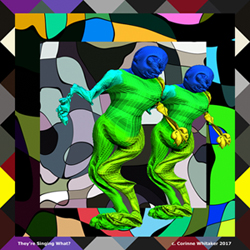
As I continue my search for an A.I. algorithm not based on Western music, I want to introduce you to an intriguing form of singing called Throat Singing. I first learned about it from a brilliant IBM engineer emeritus, R.M., who sang the amazing example that you hear here. It appears that Throat Singing is one of the earliest musical sounds made by humans. It is heard primarily in Mongolia, although areas of Northern Canada and South Africa produce it as well. Throat Singing involves specialized techniques that output unique sounds by using two or more notes at the same time. You can explore more of the genre at a site called Folkways.

c. Corinne Whitaker 2025
Be sure to
email giraffe@giraffe.com with your comments about Music Madness.

copyright 1981 - 2025 Corinne Whitaker